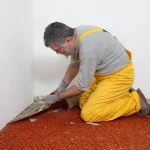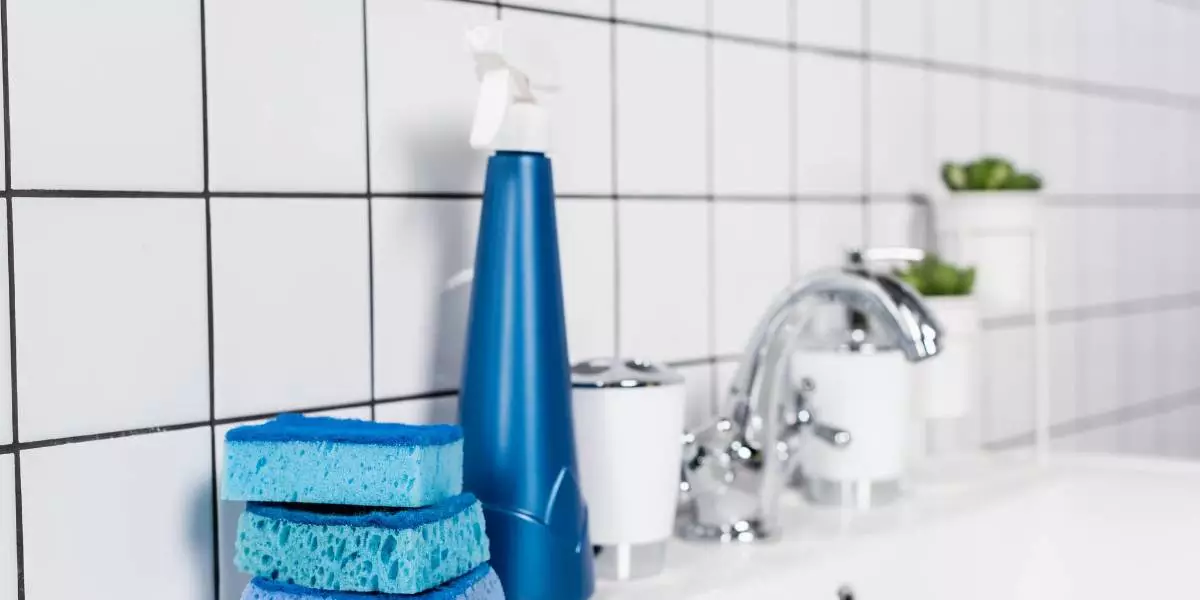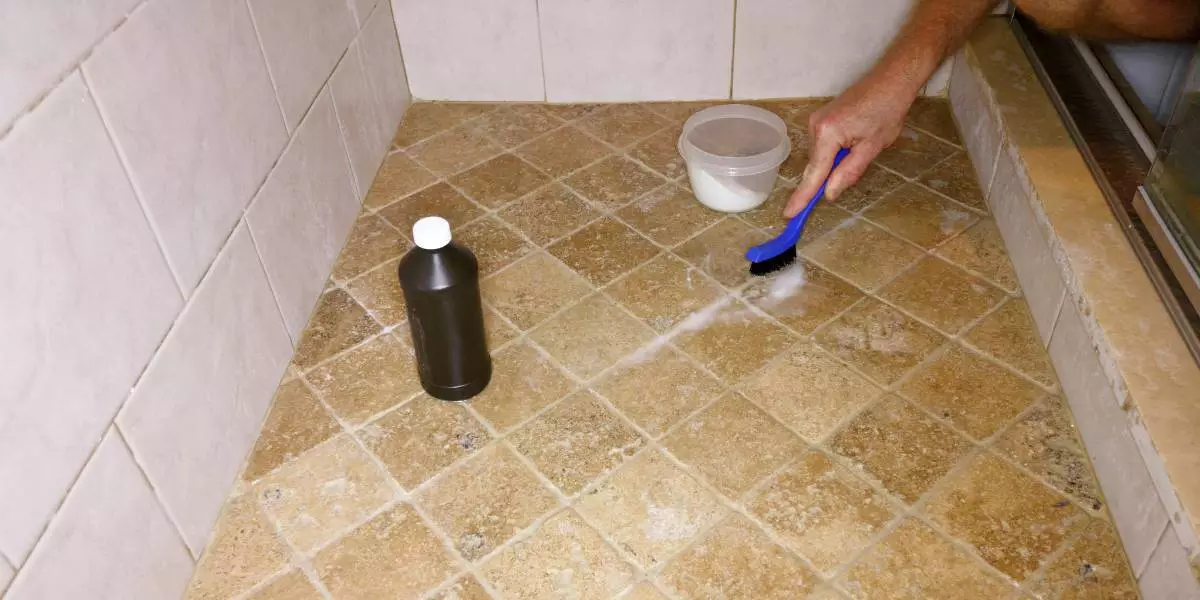How Much Grout Sealer Do I Need

Grout sealers are used to fill seams between tiles. It is not intended to stabilize tiles since mortar does hold the tiles in place. However, it is an important component of tile installation. It prevents moisture from going to the grout and under the tiles.
If you use a small tile size, it needs more grout sealer to fill the seams in between. If you use a larger tile, the use of the grout sealer is lesser and easier.
The grout sealant is the final step in tiling. It also requires protective sealants as part of its maintenance. Applying enough sealant on tiles will make them new after several years. It is recommended to apply as much sealant as possible.






